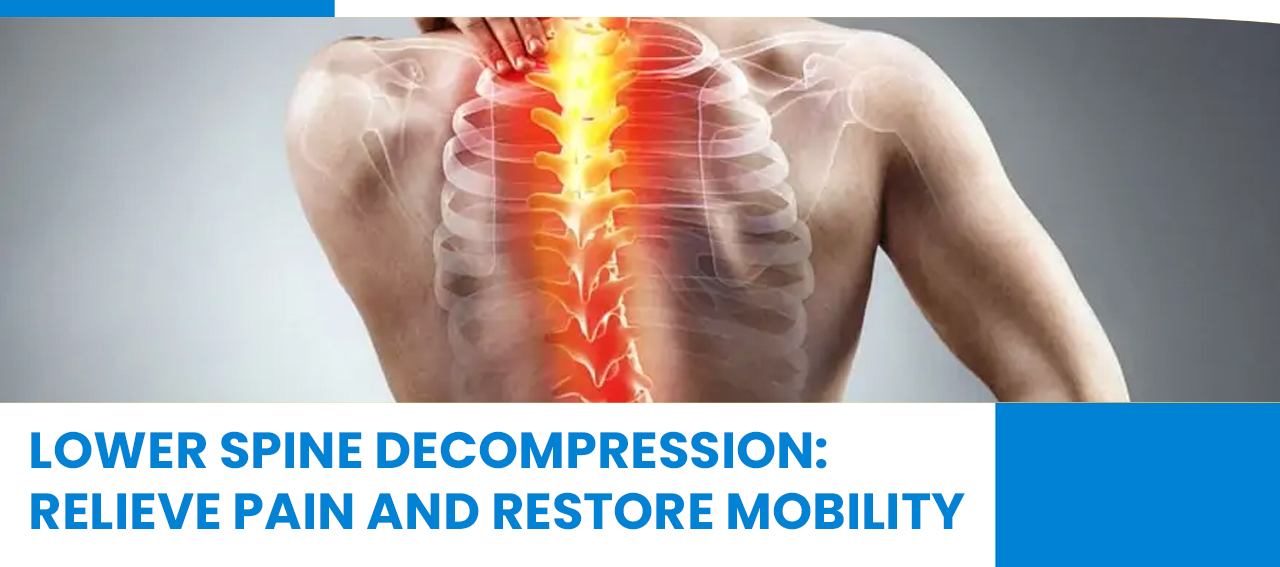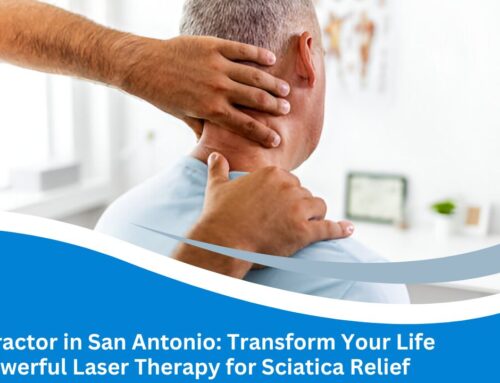The goal of the therapeutic process called lower spine decompression is to relieve pressure and tension on the lower vertebrae, which are commonly affected by conditions like spinal stenosis and herniated discs. This chiropractic technique plays a crucial role in maintaining lower spine health by alleviating pain and promoting proper alignment. Decompression therapy utilizes various methods, including traction and spinal decompression machines, to gently stretch the spine and create space between the vertebrae, allowing for improved circulation and nutrient delivery to the affected areas. The importance of decompression therapy lies in its ability to provide non-invasive relief for individuals suffering from lower spine decompression, offering a conservative approach before considering more invasive options like surgery. By addressing the root cause of discomfort and promoting natural healing processes, decompression therapy can significantly enhance overall lower spine health and quality of life for patients.
Anatomy Of The Lower Spine Decompression
The lower spine, also known as the lumbar spine, is a vital component of the vertebral column, which comprises the entire backbone. It consists of five vertebrae labeled L1 through L5, located between the thoracic spine (upper back) and the sacrum (base of the spine). Each lumbar vertebra is larger and more robust compared to those in other regions of the spine, reflecting the weight-bearing responsibilities of the lower back. The structures and components of the lower spine include intervertebral discs, which act as cushions between the vertebrae and facilitate flexibility and movement. Additionally, the lower spine houses the spinal cord, nerve roots, muscles, ligaments, and tendons, all working together to support the body’s weight, maintain posture, and facilitate various movements such as bending, twisting, and lifting. Understanding the anatomy of the lower spine is crucial for diagnosing and treating conditions affecting this region effectively.
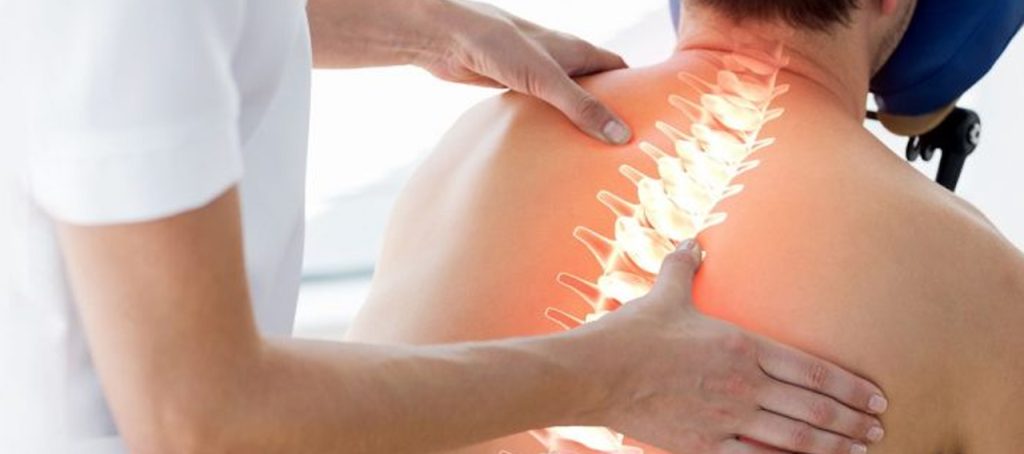
Causes Of Lower Spine Decompression
Lower spine compression can result from various factors, including degenerative conditions, traumatic injuries, and poor posture/lifestyle choices. Degenerative conditions such as herniated discs, where the soft inner material of a disc protrudes outward, or spinal stenosis, characterized by the narrowing of the spinal canal, can lead to compression of the lower spine. Traumatic injuries, such as falls, car accidents, or sports-related incidents, can also cause compression by damaging the structures of the lower back. Furthermore, poor posture habits and lifestyle factors like prolonged sitting, improper lifting techniques, obesity, and a lack of exercise can contribute to lower spine decompression over time. Understanding these causes is essential for implementing preventive measures and appropriate treatment strategies to alleviate lower spine compression and associated symptoms.
Symptoms Of Lower Spine Decompression
Symptoms of lower spine decompression commonly include back pain, which may vary in intensity from dull and achy to sharp and stabbing. This discomfort often worsens with movement or prolonged sitting or standing. Additionally, individuals may experience radiating pain traveling from the lower back down through one or both legs, known as sciatica. The affected leg or foot may become weak or numb in addition to experiencing burning, shooting, or sharp pain. Furthermore, numbness or tingling known as paresthesia can appear in the lower back, legs, feet, or buttocks, indicating nerve involvement caused by spinal compression. It is essential to identify these symptoms to seek the proper medical evaluation and intervention to treat underlying problems and avoid any complications.
Diagnosis Of Lower Spine Decompression
Diagnosing lower spine compression typically involves a combination of physical examination and imaging tests. During a physical examination, healthcare professionals assess the patient’s range of motion, reflexes, strength, and sensation in the lower back, legs, and feet. They may also evaluate posture and identify any areas of tenderness or muscle weakness. Additionally, imaging tests such as MRI (Magnetic Resonance Imaging) or CT scan (Computed Tomography) provide detailed images of the spine, allowing for visualization of any abnormalities, including herniated discs, spinal stenosis, or bone spurs. These diagnostic tools help healthcare providers accurately identify the cause and severity of lower spine compression, guiding the development of an appropriate treatment plan tailored to the individual’s needs.
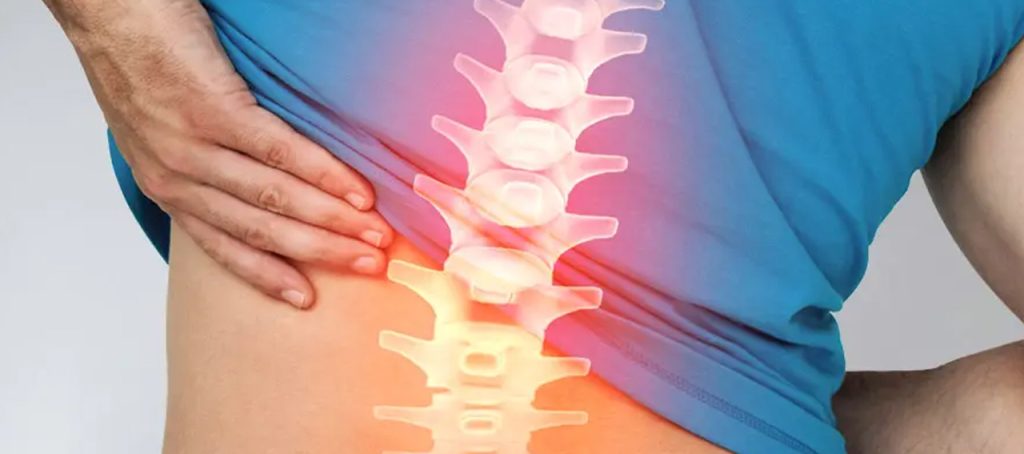
Treatment Options
Treatment options for lower spine compression encompass both non-surgical and surgical approaches.
- Non-surgical methods often serve as initial interventions, including physical therapy, which focuses on strengthening the muscles supporting the spine, improving flexibility, and correcting posture to alleviate pressure on the affected area.
- Chiropractic care, involving manual adjustments and manipulations of the spine, aims to restore proper alignment and reduce discomfort.
- Additionally, pain management techniques such as over-the-counter or prescription medications, as well as injections such as epidural steroid injections or nerve blocks, may provide temporary relief by reducing inflammation and alleviating pain.
- In cases where non-surgical methods fail to provide sufficient relief or if symptoms worsen, surgical interventions may be considered. Common surgical procedures for lower spine compression include microdiscectomy, which involves removing a portion of a herniated disc pressing on a nerve root, laminectomy to alleviate pressure on the spinal cord or nerve roots by removing part of the vertebrae’s lamina, and spinal fusion, which joins two or more vertebrae together to stabilize the spine and reduce pain.
The choice of treatment depends on various factors, including the severity of symptoms, the underlying cause of compression, and the patient’s overall health and preferences, to restore function and improve quality of life.
Role Of Lower Spine Decompression
Lower spine decompression plays a pivotal role in addressing lower spine compression by utilizing non-invasive techniques aimed at relieving pressure on the spinal discs and nerves. At its core, decompression therapy involves gently stretching the spine to create space between the vertebrae, promoting the influx of nutrients, oxygen, and fluids into the discs, and encouraging the retraction of herniated or bulging discs. Techniques commonly employed in decompression therapy include traction, where a controlled pulling force is applied to the spine either manually or using specialized equipment, and spinal decompression machines, which utilize sophisticated technology to deliver precise and targeted traction forces to the affected area. By decompressing the spine, these techniques help alleviate lower spine compression by reducing pressure on the intervertebral discs, relieving nerve impingement, and promoting the body’s natural healing processes. Additionally, decompression therapy may improve spinal alignment, increase mobility, and decrease inflammation, resulting in reduced pain and improved function for individuals suffering from lower spine compression.
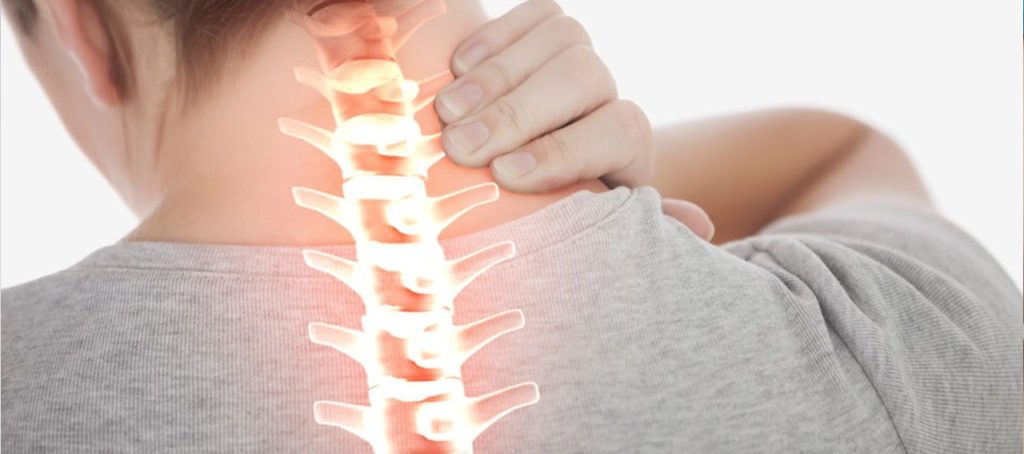
Benefits And Risks Of Lower Spine Decompression Therapy
Lower spine decompression therapy offers several benefits for lower spine health, making it a valuable treatment option for individuals experiencing compression-related issues. Firstly, decompression therapy helps alleviate lower back pain by reducing pressure on the spinal discs and nerves, which can result in decreased discomfort and improved mobility. Additionally, it promotes the restoration of proper spinal alignment, which can enhance posture and reduce the risk of future injuries. Furthermore, decompression therapy can improve circulation and nutrient delivery to the affected area, facilitating the natural healing process and potentially speeding up recovery. However, it’s essential to consider the potential risks and contraindications associated with decompression therapy. While generally safe, some individuals may experience temporary soreness or discomfort following treatment. Additionally, decompression therapy may not be suitable for everyone, including individuals with certain spinal conditions, such as fractures, tumors, or advanced osteoporosis. Pregnant women and individuals with certain medical devices, such as pacemakers, may also need to avoid decompression therapy due to potential risks. Therefore, it’s crucial to consult with a qualified healthcare provider to determine if decompression therapy is appropriate and safe for individual circumstances.
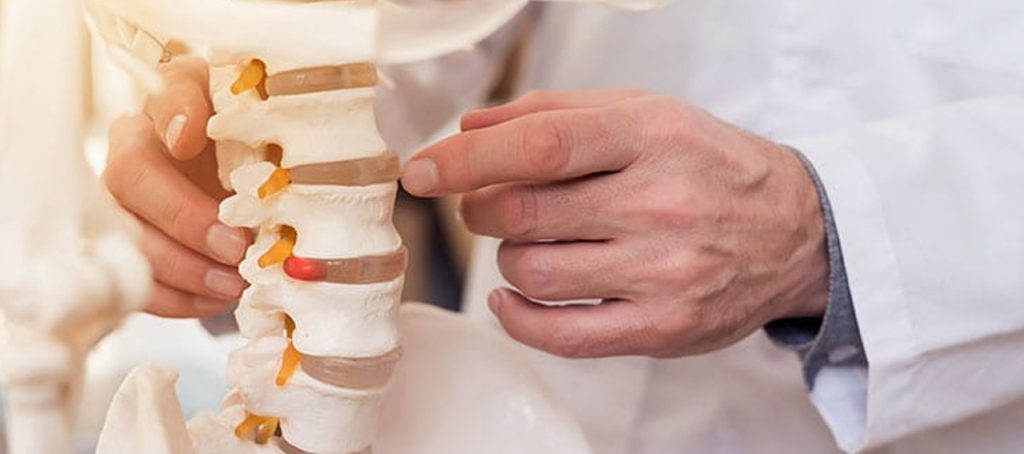
Conclusion
In conclusion, addressing lower spine decompression is crucial for maintaining overall spinal health and quality of life. Lower spine compression can lead to debilitating symptoms such as back pain, radiating leg pain, and numbness, significantly impacting daily activities and functionality. Therefore, it’s essential to seek timely evaluation and treatment options to alleviate symptoms and prevent potential complications. Professional evaluation by healthcare providers can help determine the underlying cause of lower spine compression and guide the selection of appropriate treatment modalities, which may include non-surgical approaches like physical therapy, chiropractic care, or lower spine decompression, as well as surgical interventions in severe cases. By addressing spinal decompression specialist promptly and effectively, individuals can regain mobility, reduce pain, and improve their overall well-being. Therefore, I encourage anyone experiencing symptoms of lower spine compression to seek professional assistance and explore available treatment options tailored to their specific needs and circumstances.


